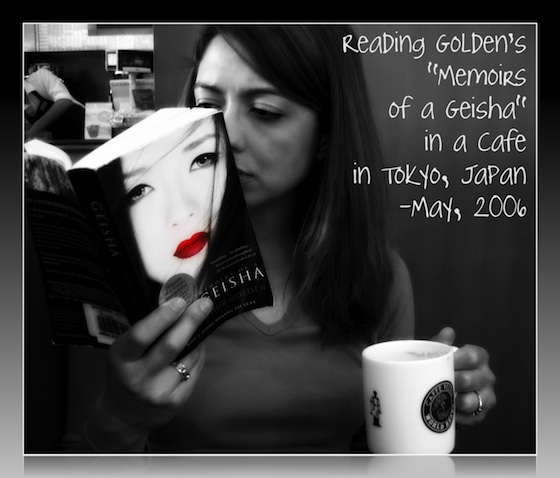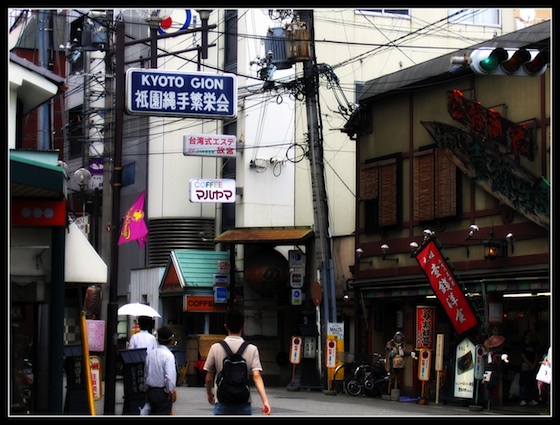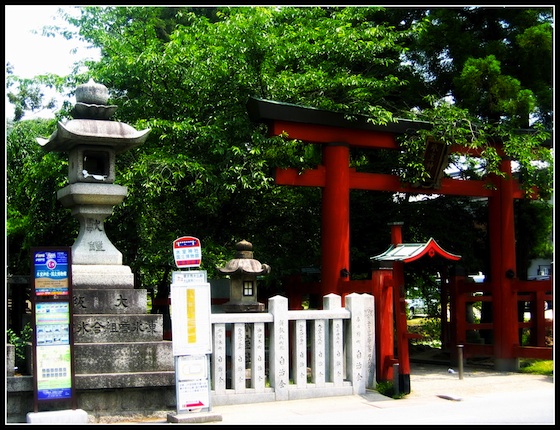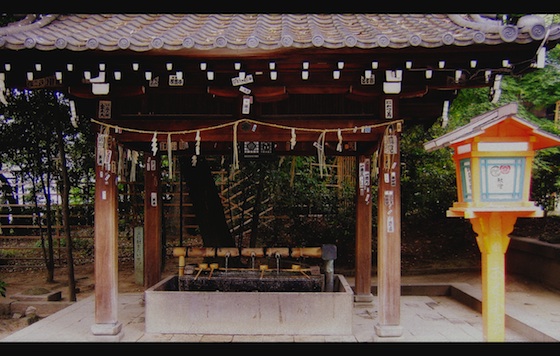Japan has fascinated me since I was a child. My grandparents made a trip over to Tokyo in the 1970s and for years, they talked about it to everyone. That’s what people did back then. Or at least where I grew up. They would go on one trip to a “foreign” land and come home with a suitcase full of souvenirs. They would sit around the table, telling their tales and adventures over and over, for weeks and months and often years. And that is how I know every moment of my grandparents’ visit to Tokyo. It was so clean. It felt ever so safe. People were so polite. Their products outlived the average human life span, and did we mention, they were so polite. What, with the bowing and all. So systematic, and structured, and ahead of their time. Well, that is true in many things except in the observation of thousand year old traditions and the equality of the sexes. Therein lies the real mystery about Japan, the inferiority imposed on the female sex. It baffles and aggravates and saddens me. And it still intrigues me to no end, so counter-intuitive it is. That is why I had to read Arthur Golden‘s “Memoirs of a Geisha“.

In the spring of 2006 when I started the book, I was on my way to a second trip back to Tokyo. Reading “Memoirs of a Geisha” in Japan added an extraordinary layer of mystique and empathy. I had started the novel before our plane ride, and I finished it in Gion, the true setting for the novel. There in the heart of Tokyo, in the streets and cafes of Kyoto, in the shrines of Gion, there I read and finished this beautiful bitter story. Fiction or fact are indistinguishable when the circumstances are so ripe to receive the story in reality. Japan made Sayuri‘s character for me. It brought her to life, and made her as imperative to the history of Japan as Arthur Golden attempts to make her in his novel.
Sad stories alone do not grasp me. Depth is a necessary element, and one that is ever present in this novel. It is easy to read and impossible to justifiably visualize the childhood misfortunes of Chiyo Sakamoto in the small Japanese fishing town in the early 1930s. Her mother falls deathly ill; her father utterly destitute, which leads to her life of servitude at the geisha house. Her only sister not being half as “fortunate” serves her duties as a prostitute far away from Chiyo. The two dames of the Geisha house or the okiya, affectionately called “Mother” and “Auntie” by little Chiyo in all its irony, run the household, the business, and the lives of girls living there. Together they shape and decide for Chiyo’s life through severe punishments, deprivation and fear. So cruel appears their disposition in this world that anyone with the misfortune of experiencing their company for one minute lives to tell of it for a lifetime. The House of the Geisha is cold from lack of love and compassion, come summer o fall, winter or spring. The other household members include Pumpkin, another soul mate for Chiyo in her time of sorrow, and Hatsumomo, the outrageously beautiful and insanely jealous head Geisha of the okiya. Chiyo lives in the company of these women for the better part of her childhood and into her early adulthood.
Chiyo’s first few months are spent into adjusting to this new life, not much better than her miserable life before at the village, but certainly not worse given the stability of her situation. Misery is relative, and humans adjust to impossibly harsh conditions. Perhaps it builds characters. Perhaps it destroys what would have built if the conditions were less harsh. By miracle or by design, Chiyo learns and exercises integrity, sincerity, compassion, forgiveness, honesty and optimism. Her inner beauty is a true match for the outer beauty of the Geisha she grows up to embody.

Kindness is a rarity in this world it seems, and I will never forget how my grandmother constantly reminded me, “Farnoosh, be kind! Show kindness! Everyone needs it and no one forgets it.” It is an act of kindness, a small and seemingly passing act, that introduces Chiyo to the man she worships the rest of her days, the Chairman. When she is stranded and crying in the streets, the Chairman buys her an ice-cone, and offers her his monogrammed handkerchief, a keep safe she treasures more than her life. Why would an act of kindness go so far, and make such an indelible expression on a child’s mind and remain steadfast well into her adulthood? It must be the starvation for love and kindness, the desire to be desired at some level by anyone in society and civilization, a validation that we exist for a reason, and someone notices. The Chairman notices Chiyo and through his action, protects the soul and innocence of Chiyo from falling into desperation. He gives her hope. Hope that she lives for, hope that keeps her going in the harsh years ahead.
The most atrocious story that Sayuri tells us is her coming of age and the appalling tradition observed in conjunction: the auctioning of her virginity to the highest bidder in the male community. The matter seems like the most serious business in the world for all parties engaged, void of any unnecessary interference of morale, conscience or a self-judgment of character! The prize is advertised throughout the month of auction; enthusiastic candidates visit the okiya and place their bids with “Mother” and “Auntie”, who can barely keep from salivating how much they will make on their well-kept fortune. The trouble with being exposed to atrocity with limited view of the rest of the world is that the assumption that the victim knows no better. How naive. Even the mind and heart of the most obedient and innocent would send messages of disconcert and discomfort to a pre-arranged paid act of rape, as did Sayuri’s during the repulsive scene with the auction winner, the “Doctor”.

Reading is the best pastime for an active mind! If you like to see the other book reviews, check the index of In Print.
Mahema is the most accomplished and respected Geisha in all of Gion. Chiyo, inspired by the chance meeting of the Chairman, and observing that the Chairman, whose heart she would have done anything to conquer, enjoyed the company of Geisha, she decides to become one. Thus her path meets that of Mahema. It is under Mahema’s expert tutelage that Chiyo transforms herself into a beautiful Geisha with the most astonishing grey-blue eyes that are described as watery, where water represents life. She changes her name to Sayuri under Mahema’s suggestion, a change that re-affirms the beginning of a new identity for her. Mahema’s role in Sayuri’s life is so influential that it even positions her in the best light with Mother and Auntie back at the okiya, to the point where she becomes adopted by Mother and replaces Hatsumomo as head Geisha of okiya.
The adventures of Geisha life are kinder to Sayuri, with the support of her intelligent mentor, Mahema. From outsmarting their adversaries in mind-games to learning how to flirt and be with a man, in ways different than the entertaining duties of a Geisha, those were some of the many hours spent between Sayuri and Mahema at the latter’s apartment. Thing change quickly. The year is late 1930s and WWII with massive depression hits Japan very hard, although Gion is spared just a little bit. The depression years are called kuraitani in Japanese, valley of darkness, where most of Japan hides out in darkness, and poverty hits all areas hard. These years separate Sayuri and Mahema; they separate everyone it seems. It is another period of trial for Sayuri where she is spared to a farm for hard work in return for safety and food. She thinks only of the Chairman, day and night. And the end of war too.

The end of war arrives at long last, not a moment too soon. Life slowly finds a shadow of resemblance to what it once was, but hope is damaged badly. It is a long time before the world recovers from what it did to itself. The years ahead hold a better promise for Sayuri, with eventual union with the only man of her dreams, the Chairman.
Golden does a phenomenal job of painting the world in which Sayuri lives. It is obvious that he is well-versed on the complex topics of Geisha and Japan and has done due diligence to us with his research. With his extensive experience and expertise on Japanese culture and particularly the life of Geisha, he takes you deep into the soft layers which fill some of the pieces to the large puzzle of Japanese culture and tradition. The Geisha choose a life of hard duty and devotion to observation of ancient traditions, sacrificing normalcy and possibly a chance for happiness. Sayuri chooses every sacrifice imaginable in her life, except that of giving up on love. A singular theme that while not central to the plot, indicates the human desire of having a choice and exercising it, no matter how long it takes to realize the dream.
 I am Farnoosh, the founder of Prolific Living. So glad you are here. My mission is to empower you to unblock your creative genius to live your dream life.
I am Farnoosh, the founder of Prolific Living. So glad you are here. My mission is to empower you to unblock your creative genius to live your dream life.